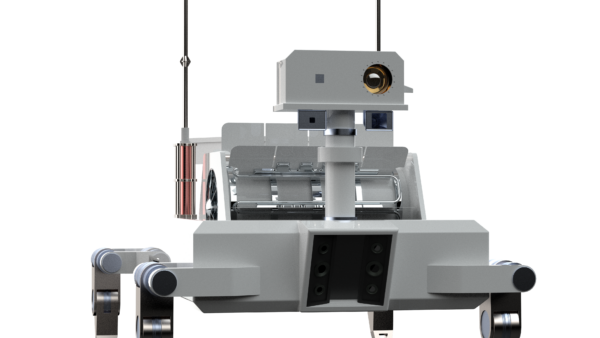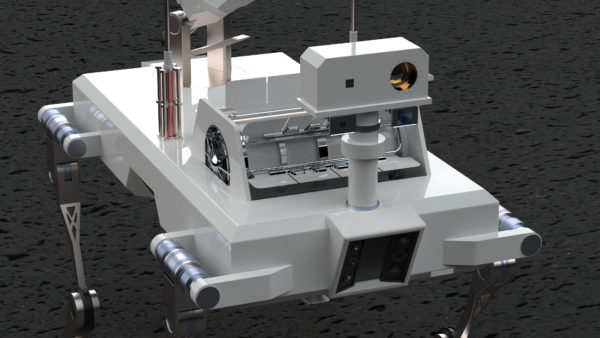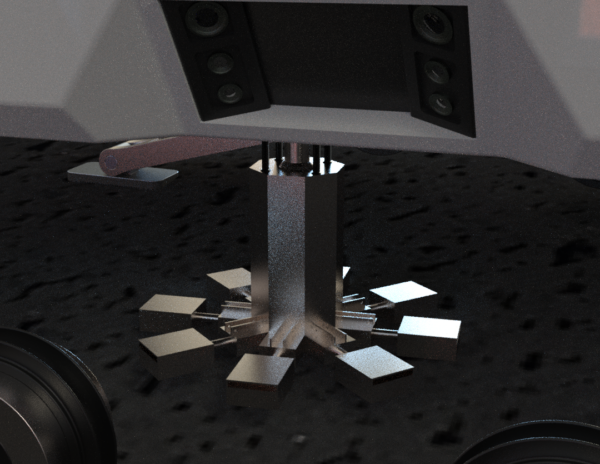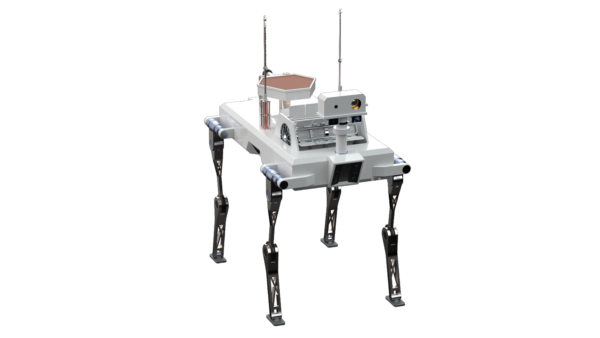Space Mission Design – EROS
INSTITUTION
Arizona State University (Tempe Campus)
CLASS
Cobalt Class (2019 – 2020)
STUDENT TEAM
Juan Aureoles, Aerospace Engineering (Astronautics)
Adrianna Conway, Aerospace Engineering (Astronautics)
Garrett Driscoll, Aerospace Engineering (Astronautics)
Yoslin Herrera, Aerospace Engineering (Astronautics)
Ciara Sypherd, Aerospace Engineering (Astronautics), Earth and Space Exploration (Astrobiology and Biogeosciences) (Double Major)
ACADEMIC GUIDANCE
Charles Boehmer, Instructor, School for Engineering of Matter, Transport and Energy, ASU
PROJECT DESCRIPTION
This project is a design for a hypothesized follow-on mission to NASA’s Psyche Mission. The Eros mission continues the journey to the metal world and reaches further to reconstruct the history of the exposed protoplanetary core. The imagined launch date for this follow-on mission is in July of 2032. Eros will not only help to uncover the story of (16) Psyche’s formation, while potentially providing critical insights into our own planet’s core, but also to establish the feasibility of exploring and sampling an asteroid. Eros will be at the forefront of the conversation involving the utilization of space resources.
At the center of the Eros mission is a rover designed to land on and sample the (16) Psyche asteroid. The rover’s primary objective is to take samples of (16) Psyche in order to study its composition. The Eros rover maneuvers in an unconventional way; it is specifically designed to traverse (16) Psyche’s low gravity environment and complex terrain via a quadrupedal-type locomotion system. Eros equips its rover with all necessary instrumentation to not only mine and extract samples from (16) Psyche, but to analyze the collected samples using on board technology.





